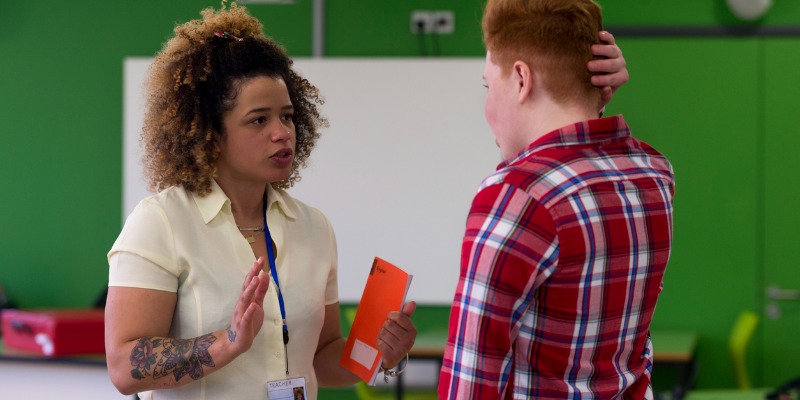Expand school choice to help end controversies over gender and other issues

Last month, Saskatchewan Premier Scott Moe introduced a “Parental Bill of Rights” to ensure that parents are notified by their child’s school if their child changes his or her name or gender pronouns. For some, this is a victory for common sense while others see it as a violation of the rights of children and the transgender community. Across Canada, the move has sparked protests and counter demonstrations.
Of course, the bill, which became law on Oct. 20, applies only to Saskatchewan. But according to recent polling by Angus Reid, four in five Canadians believe parents should be informed if their child wants to change their gender identity or pronouns, and 43 per cent believe parental consent should be required. At the same time, most Canadians (64 per cent) think accepting trans people is a sign of social progress.
But it should surprise no one that in a pluralistic society different families have different views about what’s appropriate inside school walls and how involved parents should be in the classroom. So how can provincial governments across the country ensure parents on both sides of the gender notification issue—and other controversial issues—can send their children to schools that share their values? Simply put, expand educational choice. If our society is diverse, why too aren’t our schools?
For starters, provincial governments should allow parents and educators to establish their own community schools, as they can in Alberta with charter schools, which are tuition-free and offer a unique mandate to interested students (such as music, Indigenous culture, rural stewardship, STEM or classical education). To truly provide choice for families, other provinces should ensure that alternative school options are untethered from the tangled web of regulation facing government-run schools and allow more children and families to find community in schools that fit their values.
Moreover, in every province outside Ontario and Atlantic Canada, the provincial government partially funds independent schools that offer unique educational approaches. Essentially, parents’ tax dollars follow the child to the independent or public school of their choice. Yet even in these provinces, cost remains a barrier. Independent schools charge most parents some level of tuition, limiting access for middle- and lower-income families. Provincial governments should raise the level of tuition support in these provinces to expand choice for families who currently can’t afford educational alternatives for their kids. In Ontario and Atlantic Canada—again, where the government provides no funding for independent schools—parents should demand their governments catch up with the rest of the country.
Famed economist Milton Friedman noted that enforcing conformity is simply not the way to achieve social cohesion. Explicit political decisions require agreement. “Every extension on the range of issues for which explicit agreement is sought,” he wrote, “strains further the delicate threads that hold society together.”
In other words, if we separate schooling from politics, we leave it up to individuals to peacefully decide what’s best for them. In the provinces, the one-size-fits-all education system simply doesn’t support Canadian pluralism. The best way to support this diversity is to make alternative school options as affordable for all families as their local government-run public schools. No parent protests necessary.
Authors:
Subscribe to the Fraser Institute
Get the latest news from the Fraser Institute on the latest research studies, news and events.


